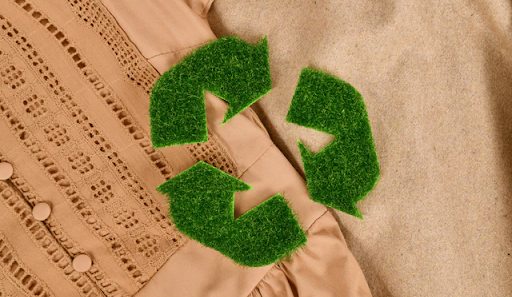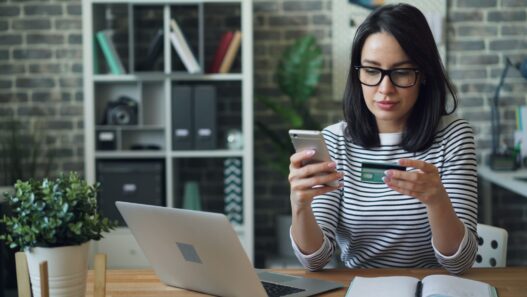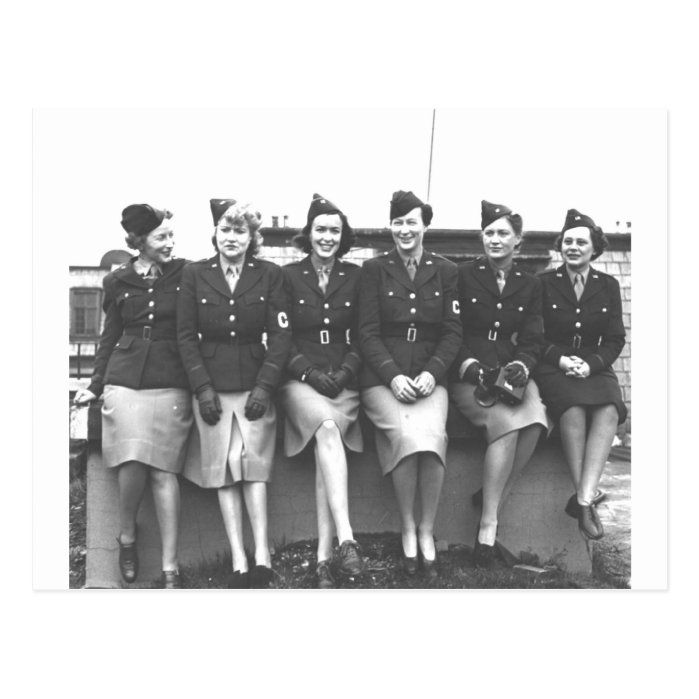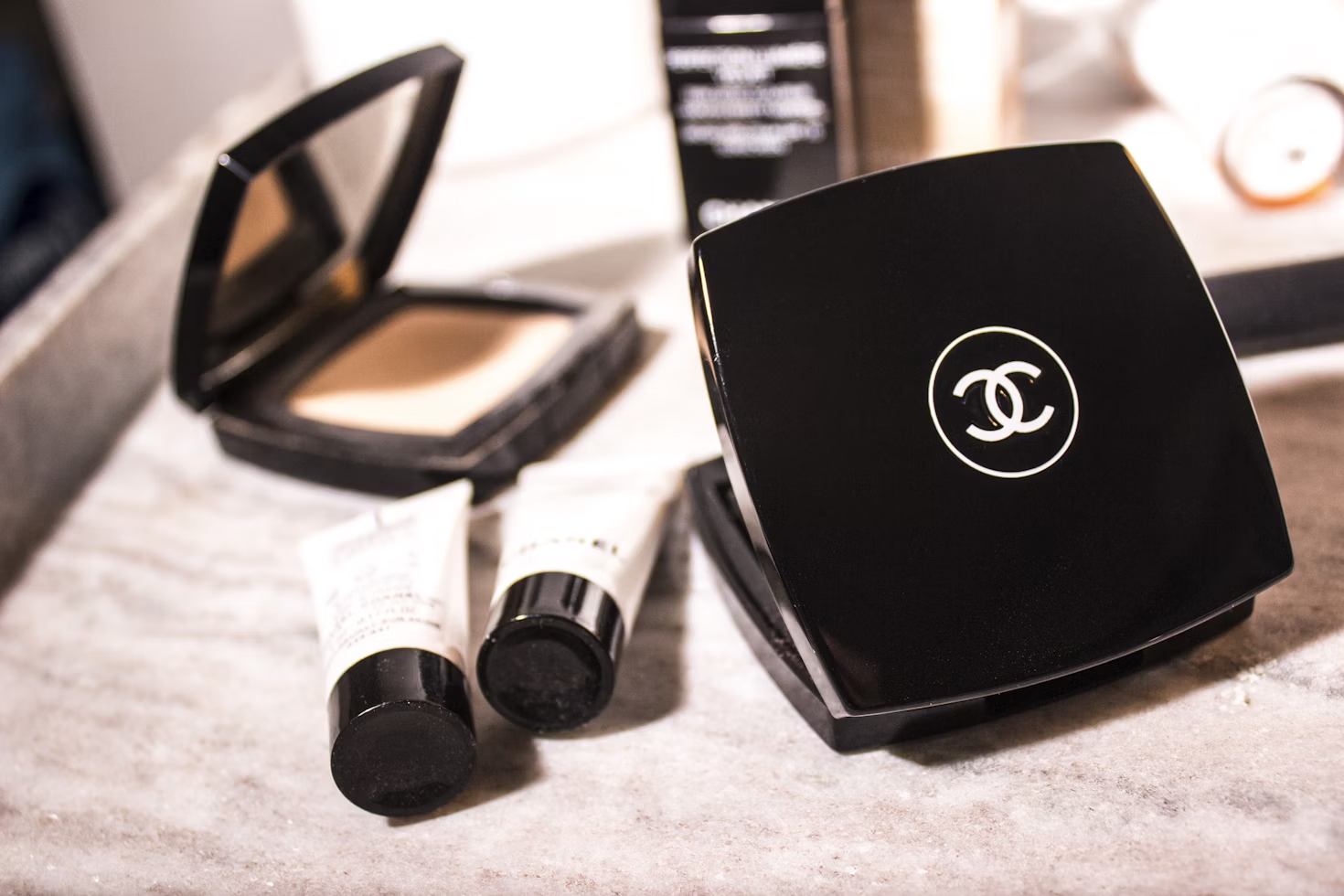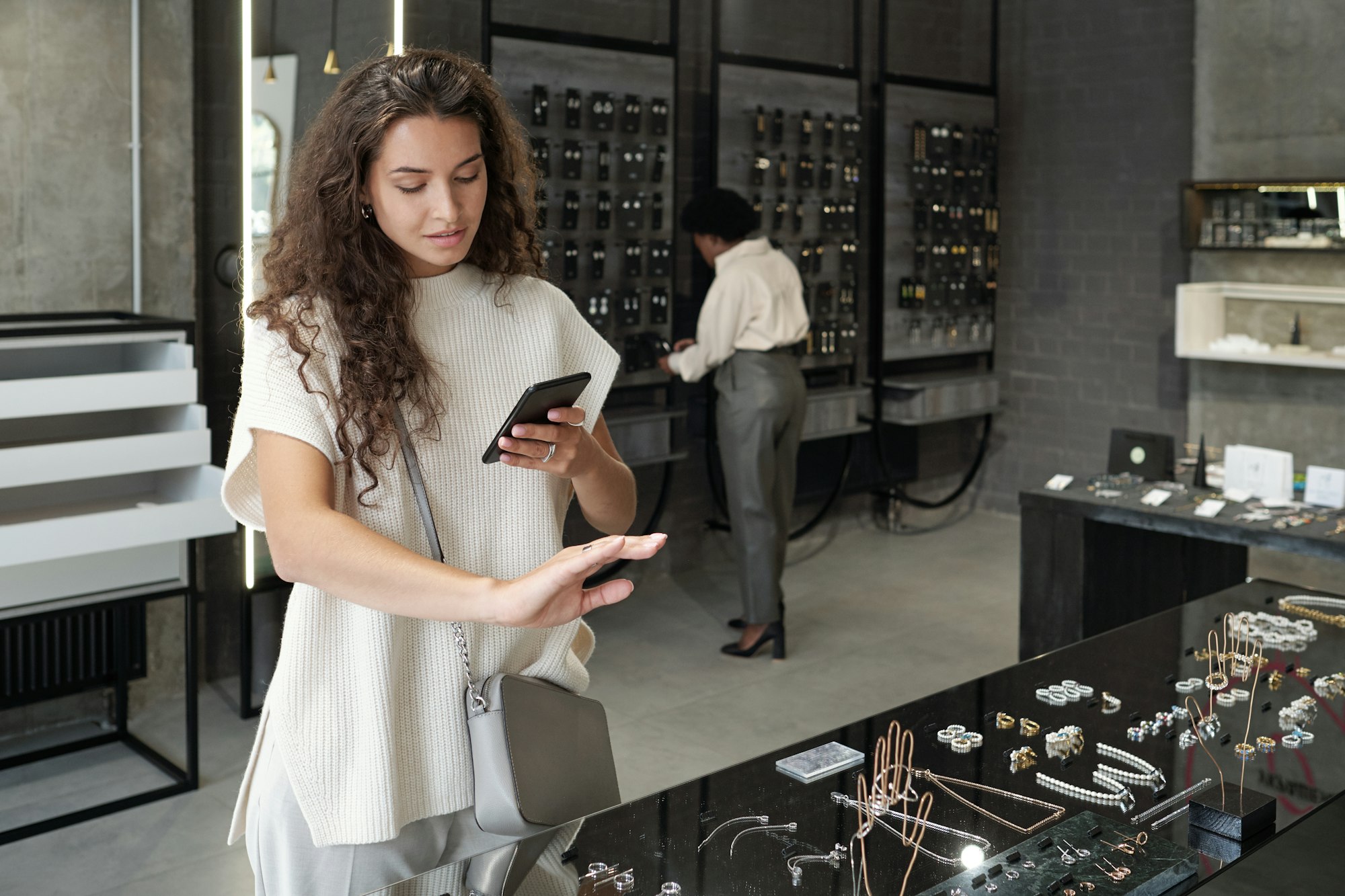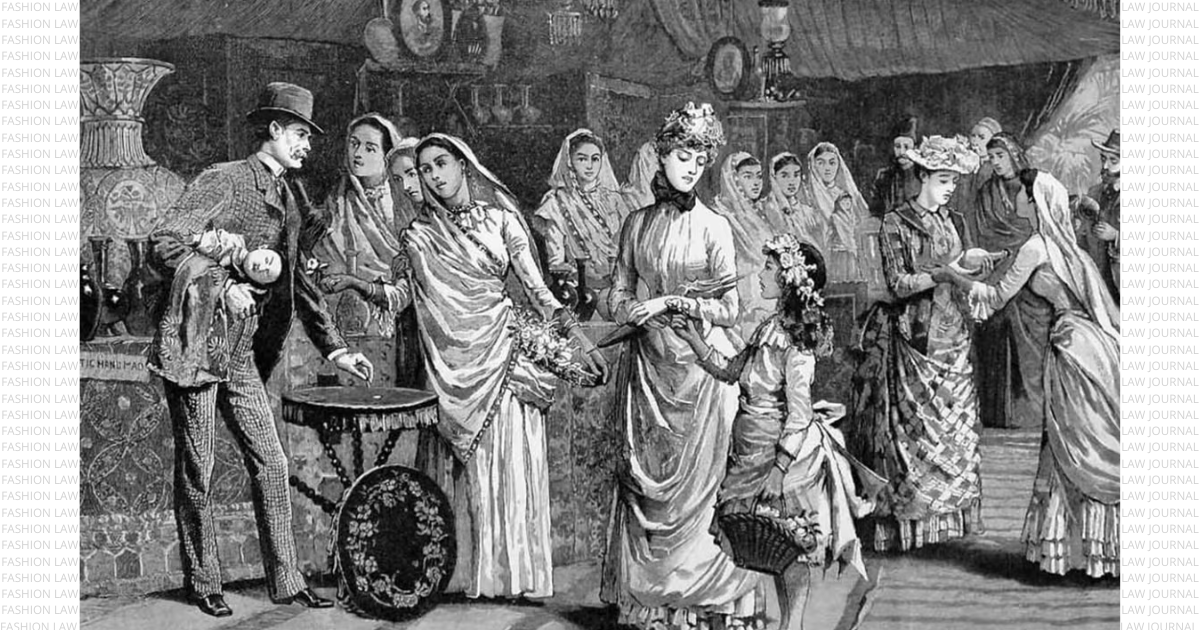“Where did you get your clothes?” “I thrifted.”
The term “thrifted” has gained significant popularity in fashion circles, especially among younger generations and within the sustainable fashion movement. Influencers and fashion-forward individuals frequently highlight their thrifted finds, inspiring others to explore thrift stores and adopt second-hand fashion. Some experts even predict that the second-hand market could surpass fast fashion as a trendy alternative for the new generation.[1]
This resurgence of thrift reflects a broader shift towards a circular economy – a model where resources are continuously reused, recycled, or repurposed rather than discarded. In this system, the lifecycle of clothing is extended, minimizing waste and reducing environmental impact. The practice of thrifting, rooted in centuries-old traditions, aligns with this sustainable approach, blending past and present in a fabric of conscious consumption.
By choosing thrifted items, we are more than ever helping to close the gap – or rift – between consumerism and sustainability, contributing to the health of the planet. Yet, this growing enthusiasm for second-hand fashion is not without its challenges. The rapid expansion of the resale market has brought to light several issues that threaten its sustainability and integration into the mainstream. Additionally, the tension between promoting sustainable practices and maintaining economic growth raises difficult questions about the future of the fashion industry.
The Industrial Revolution and the Emergence of the Resale Market
The Industrial Revolution, beginning in the late 18th century, brought about significant changes in clothing production methods. The rise of factories, mass production, and technological advancements drastically reduced the cost of clothing, making it more affordable and accessible to a broader population.[2] As a result, people began discarding garments more readily, creating a surplus of used clothing and laying the groundwork for the resale market.[3]
By the late 19th century, this trend accelerated due to rapid urbanization in Europe and North America. The migration of people to cities in search of work led to dense urban populations, which in turn strained living conditions and available space. With limited room to store excess goods, including clothing, there was a growing need for effective waste management solutions.[4] This necessity contributed to the emergence of the early secondhand market, where discarded but still usable items found new life.[5]
The Evolution of Thrift and Consignment Stores
Secondhand clothing initially carried a stigma, associated with poverty and bias against sellers.[6] For instance, used clothes were often sold from pushcarts, predominantly by Jewish immigrants whose professional options were limited by anti-Semitism.[7]
However, Christian organizations like the Salvation Army and Goodwill recognized the potential to generate significant income in the thrift business.[8] They adopted the resale model to fund charitable efforts, employing the poor and disabled to collect and repair goods for resale.[9] These shops also provided immigrants with affordable clothing and a means to “Americanize.”[10]
By the 1920s, thrift stores had become as organized as department stores.[11] Goodwill, for example, operated a fleet of trucks collecting goods from over 1,000 households.[12] The term “thrift” even replaced “junk shops,” appealing to middle-class housewives who felt virtuous buying secondhand items because it supported a good cause.[13]
By the 1930s, the Salvation Army and Goodwill had become prominent, thriving during the Great Depression and the post-WWII surplus.[14] As post-war prosperity grew, people donated more clothes to refresh their homes and wardrobes with better-quality synthetic fibers and vibrant new fashions.[15]
In the 1950s, consignment stores emerged, offering high-end fashion at lower prices.[16] Unlike thrift stores that primarily relied on donations, consignment stores
allowed people to sell their gently used luxury items and receive a portion of the sales proceeds, thus appealing to both sellers and buyers looking for value.[17] Since wealthier consumers began to covet “vintage” clothes, the thrill of finding couture at a more affordable price has endured ever since.[18]
The Internet and the Rise of Online Platforms
In the mid-90s, just a few years after the internet was made public, online resale platforms such as eBay began to emerge. These platforms revolutionized the resale market by expanding its reach and enabling individuals to easily buy and sell unique or vintage items.
Over time, specialized resale platforms like Poshmark, The RealReal, and Depop developed, focusing specifically on fashion. These platforms offered a curated experience tailored to various markets such as luxury fashion, streetwear, or vintage items, attracting consumers in search of particular styles and brands. This shift has led to the flourishing of high-end resale markets, making second-hand luxury fashion more accessible, acceptable, and popular.
Eventually, two primary business models emerged in the resale market: peer-to-peer marketplaces, where individuals handle the entire selling process, and managed marketplaces, where the platform manages most of the process.[19] Additionally, hybrid models have developed, combining aspects of both approaches, allowing for flexibility in how goods are sourced, authenticated, and sold.[20]
BUSINESS MODEL
| Peer-to-Peer Marketplace | Managed Marketplace | |
| Responsibility | Individuals are responsible for the entire selling process. | Marketplace handles most of the selling process for the individual. |
| Selling Process | Individuals take product photos, write descriptions, and ship their items directly to buyers. | Sellers send their items to the marketplace’s facilities, where the items are processed, evaluated, and authenticated before being listed for sale. |
| Revenue Model
|
In exchange for providing the platform and access to an audience, the marketplace typically takes a percentage of the sale. | Because the marketplace manages the bulk of the selling process, it usually takes a higher percentage of the sale, functioning similarly to a consignment model. |
| Market Focus | Popular among a wide range of users, particularly those seeking unique or secondhand items. | Common among higher-end platforms, as it provides a more consistent and trusted shopping experience. |
| Examples
|
eBay
Depop Poshmark |
ThredUp
The RealReal Vestiaire Collective |
Mainstream Adoption and Sustainability
As awareness of the environmental impact of fast fashion grew, resale became a more mainstream and socially conscious choice. In response to concerns about overconsumption, pollution, and exploitative labor practices, consumers began to view buying second-hand as a way to reduce garment waste, slow down fast fashion, and promote sustainability.
Notably, Gen Z has played a significant role in driving the rapid growth of the resale market.[21] While younger consumers generally have less disposable income than older generations, making them more inclined to buy secondhand, their motivation goes beyond affordability. Research indicates that many in this generation are committed to sustainable living, viewing the resale market as a critical tool for achieving this goal.[22]
By embracing their role as “good thrifters,” Gen Z has helped to dismantle the stigma traditionally associated with buying secondhand.[23] The growing trend of “thrift hauls” on social media platforms like Instagram and YouTube—where Gen Zers proudly showcase their thrifted finds—underscores their dedication to sustainability and their influence in making secondhand fashion more mainstream.[24] As a key demographic, they have significant potential to shape the future of these markets.
The Rise of Circular Fashion
The concept of circular fashion has emerged as a significant evolution in the sustainable fashion movement. This idea began gaining traction around the mid-2010s, with 2017 being a particularly pivotal year. Global Fashion Agenda’s 2020 Circular Fashion System Commitment (2017) launched in Copenhagen Fashion Summit marked a significant industry-wide acknowledgment of the importance of circular fashion.
Unlike the traditional linear model of “take, make, dispose,” circular fashion aims to create a closed-loop system where clothing and textiles are continuously recycled, repurposed, or resold, minimizing waste and environmental impact. Currently, the life cycle of a garment is extended through various practices:
- Design for Longevity: Clothing is designed with durability in mind, allowing items to be worn and reused multiple times.
- Recycling & Upcycling: Garments are either recycled into new materials or upcycled into new designs, giving them a second life and reducing the demand for new resources.
- Rental & Leasing Models: Consumers rent or lease clothing rather than purchasing it outright, which promotes the reuse of garments and reduces the need for constant new production.
- Resale & Redistribution: Items that are no longer wanted are resold, ensuring they stay in circulation rather than ending up in landfills.
Examples of Circular Fashion in Action
| Recycling Program
|
H&M and Levi’s have launched initiatives where consumers can return their used clothing for recycling. These garments are then either repurposed into new products or recycled into raw materials for new collections. |
| Upcycling Collections | Designers and fashion brands are increasingly creating upcycled collections, where discarded materials are transformed into new, unique pieces. Marine Serre and Stella McCartney are renowned for their innovative upcycling techniques. This not only reduces waste but also offers consumers one-of-a-kind fashion items. |
| Rental Services | Companies like Rent the Runway and HURR have popularized the concept of renting high-end fashion. These services allow multiple customers to wear the same garment, extending its life cycle and reducing the need for new production. |
| Brand-Led Resale Programs | Luxury brands like Gucci and Burberry have introduced their own resale programs, where they authenticate and resell pre-owned items. This not only reinforces brand loyalty but also ensures that high-quality fashion remains in circulation. |
Companies Reselling and Renting Their Own Goods
With Gen Z making up 20% of the U.S. population and leading the way in adopting trends in technology and fashion, many companies began to include resale programs to target these environmentally conscious young consumers.[25] On the other hand, some luxury brands have been hesitant to embrace resale, fearing that consumers might “trade down” from new to pre-owned goods with lower profit margins.[26] They also worry that resale customers may not align with their target market.[27] But these concerns are often exaggerated; companies can adopt pricing strategies to reduce the gap between new and used products, as Apple has done, or separate new and resale items on their websites, as REI has with outdoor gear and equipment.[28]
Alongside resale, rental services have become another noteworthy trend, particularly in the luxury sector. In today’s social media age, where users frequently share photos of their outfits and are sensitive to the latest trends, rental programs offer a practical solution. These programs allow consumers to access high-end fashion without the commitment of ownership, offering a more sustainable and yet convenient way to enjoy new styles. Companies like Rent the Runway and HURR have capitalized on this trend, offering curated selections of designer clothing and accessories for rent, making high fashion more accessible and reducing the need for constant new production.
Examples of Resale Programs
| Lower-End | Higher-End |
| H&M: “Rewear” program enables customers to buy and sell secondhand H&M clothing through an online platform. | Coach: “Coach (Re)Loved program” focuses on acquiring, restoring, and reselling the brand’s own bags. |
| Levi’s: “SecondHand” program allows customers to trade in their old jeans for store credit, and the company resells these items after inspection and cleaning. | Burberry: “ReBurberry” program collaborates with consignment platform, Vestiaire Collective, to facilitate the resale of pre-loved Burberry items. |
| Patagonia: Partners with Trove, a third-party vendor, to manage its “Worn Wear” program. This initiative involves collecting used garments, which are then cleaned, repaired, and stored before being resold on Patagonia’s website or at Worn Wear stores. | Gucci: Partners with The RealReal, to offer a curated selection of pre-owned items, allowing customers to buy and sell authenticated secondhand Gucci pieces. |
| Target and Walmart: Partners with ThredUp, an online consignment platform, to offer customers the opportunity to buy and sell pre-owned Target- and Walmart-branded clothing and accessories. | Louis Vuitton: Partners with luxury consignment platforms to offer authenticated pre-owned goods, maintaining high standards for resale items. |

Challenges of Sustainable Practices in the Fashion Industry
As the resale market and sustainable fashion practices continue to grow, they face a variety of challenges that could hinder their long-term viability. While second-hand shopping and circular fashion models have gained popularity as eco-friendly alternatives, several underlying issues complicate their integration into the mainstream. These challenges highlight the tension between sustainability goals and economic realities, raising important questions about the future of the fashion industry.
- Reduced Consumer Spending
The push for sustainability in fashion, while necessary, introduces a paradox: as consumers embrace eco-friendly practices like buying less and extending the lifespan of their clothing, overall consumer spending may decline. This shift poses a significant challenge for economies that rely heavily on consumer-driven growth. For example, the U.S. economy, where consumer spending accounts for about 70% of the gross domestic product (GDP), could face downturns in economic activity if widespread adoption of sustainable practices leads to decreased demand for new products.[29]
- Declining Quality of Second-Hand Clothing
The rise of ultra-fast fashion has led to an increase in global clothing production and a surge in discarded garments, often of low quality. This trend has resulted in a significant amount of low-quality clothing entering the second-hand market after only a few wears.[30] For example, a 2023 study found that a large Swedish charity incinerates 70% of donated clothing due to poor quality, and 40% of exported clothing to Ghana ends up as waste. [31] This oversupply of low-quality items has diminished the perceived and real value of second-hand goods.[32] Consequently, local resellers face lower profit margins and higher costs associated with sorting, discarding, or trying to sell these less desirable items. Additionally, when consumers dispose of second-hand items too quickly due to poor quality, it defeats the purpose of the second-hand market. Instead of extending the life cycle of garments and promoting sustainability, it perpetuates a cycle similar to fast fashion, where clothing is used briefly and discarded, failing to achieve the intended environmental benefits.
- High Labor Costs of Second-Hand Processing
Waste is not a free resource; it requires significant effort, labor, and skill to repurpose. The process of sorting, cleaning, repairing, and preparing second-hand items for resale is labor-intensive, which drives up operational costs for second-hand businesses. For example, ThredUp, a leading online consignment and thrift store, has started charging for processing item – a service that was previously free – due to the rising costs associated with these tasks.[33]
In addition, as minimum wages and labor costs rise globally, second-hand businesses face further financial pressures.[34] This increase in operational expenses is often passed on to consumers, leading to higher prices for second-hand items. In some cases, these prices can exceed those of new items. For instance, in the UK, a used Primark sweater was found to be priced higher than a new one, illustrating how the costs of processing and labor in the second-hand market can distort pricing.[35]
This economic shift challenges the perception that second-hand items are always a cheaper alternative, potentially undermining the appeal of buying resale goods as a cost-effective and sustainable option. The increased prices could deter budget-conscious consumers, thus reducing demand and threatening the viability of second-hand businesses that rely on high turnover to remain profitable.
- Reliance on New Clothing Sales
Despite its eco-friendly reputation, the resale industry often relies on the sale of new clothing to sustain itself.[36] For example, 80% of items sold on eBay are new.[37] Similarly, the Swedish resale site Sellpy was able to expand to new markets and invest in technology because of its partnership with H&M, whose profits come from selling large amounts of fast fashion.[38]
The reliance on new clothing extends beyond these examples. Some second-hand stores now offer a mix of vintage and new apparel to stay competitive and meet diverse consumer demands. For instance, The RealReal features new, unsold items from designers as part of their “RealReal Exclusives” collection. ThredUp’s “Goody Boxes” allow customers to receive curated fashion items, including some new pieces, alongside pre-owned goods. Furthermore, Poshmark’s “Poshmark Boutique” enables sellers to list new clothing alongside pre-owned items.
Guideline for Future Directions
Addressing the challenges faced by the fashion industry does not necessarily require drastic, out-of-the-box thinking. Instead, focusing on practical solutions that are within our reach – those that we can realistically implement – should be the target. By making an impact where it is most feasible, we can drive meaningful change.
- Educate Consumers to Shift Towards Sustainable Fashion
For circular fashion to thrive, we need to shift consumer behavior from valuing instant gratification and shopping addiction – hallmarks of fast fashion – to prioritizing sustainability. Liz Ricketts, co-founder and executive director of The Or Foundation, argues that the fashion industry’s reliance on convenience fuels overconsumption.[39] Convenience, a learned behavior, encourages passive consumption and fuels addiction to fast fashion.[40] To drive this cultural change, both brands and schools must actively promote sustainable fashion as an attractive alternative to fast fashion.[41] By educating consumers, especially younger generations, on the pitfalls of convenience and encouraging them to prioritize meaningful values over instant gratification, we can begin to dismantle the unhealthy consumerism that drives fashion waste.[42]
- Strengthen Government Involvement in Circular Fashion
Government involvement is crucial in advancing a circular fashion industry, through both regulatory measures and financial support. By setting standards and requiring companies to adopt technologies like scannable tags for efficient sorting or AI-driven inventory management systems, governments can enhance profitability for resellers and support their growth with advanced fulfillment centers and technology.[43] Furthermore, offering tax breaks, low-interest loans, grants, and subsidies for sustainable practices can help lower production costs, benefiting consumers. Rachel Kibbe, CEO of the trade group American Circular Textiles, advocates for government funding to support the second-hand clothing market, particularly for sorting and recycling infrastructure. [44] Such funding would mirror other climate-focused initiatives, aiming to reduce labor costs and improve operational efficiency within the industry.[45]
- Cut Clothing Production
The root cause of fashion waste is excessive production. The industry’s current model, which prioritizes volume over value, is unsustainable and places a heavy burden on communities like Accra.[46] In these regions, massive amounts of clothing waste from the Global North have led to significant environmental and socio-economic challenges. The textile crisis in Accra, for example, is not due to local overproduction or overconsumption, but rather the overwhelming volume of second-hand clothing imported from major brands in the Global North, including H&M, Zara, Nike, Adidas, and Marks & Spencer.[47]
To address oversupply of new garments, Liz Ricketts argues for establishing production caps. [48] She proposes cutting new clothing production by 40% as a solution to the oversupply of garments.[49] This significant reduction would help alleviate pressure on second-hand markets, making second-hand and upcycled products more competitive and desirable. [50] Moreover, it would not only ease the burden on local waste management systems but also push fashion brands to innovate in upcycling and sustainable design.[51] With a lower volume of new clothes entering the market, brands would be incentivized to explore creative ways to use existing materials, enhancing the industry’s shift towards circularity.
- Integrate Sustainability with Technology
Leveraging technology is an optimal way to enhance transparency, accessibility, and market reach of secondhand stores. ZZER, one of the largest online platforms and physical stores in China for trading secondhand luxury goods, exemplifies this integration. Located in Shanghai and comparable in size to a Costco store, ZZER allows shoppers to use its app to scan QR codes on items, providing details such as price comparisons, condition reports, and authentication status. The app’s filters enable users to narrow their search by price, range, brand, condition, and more, helping them find items that fit their budget or specific preferences.
The scale of such platforms is important because it amplifies their impact. Its large size enables cost-effective operations, with efficient sorting and processing of items reducing costs and boosting profitability. These savings support further investment in sustainability and platform expansion. Also, ZZER’s extensive reach captures a significant portion of the luxury second-hand market, increasing reuse and decreasing demand for new production, thus mitigating environmental impact. By offering a reliable and convenient platform, ZZER can shift consumer preferences toward sustainable fashion, making pre-owned items more appealing and promoting widespread adoption of sustainable practices.
Pictures of ZZER in Shanghai:
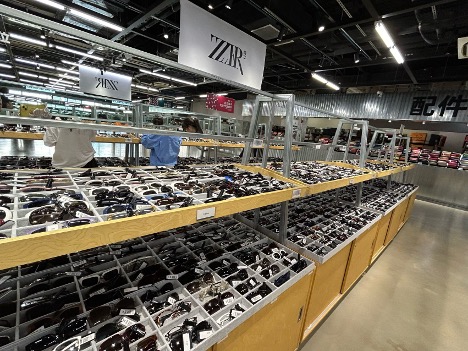
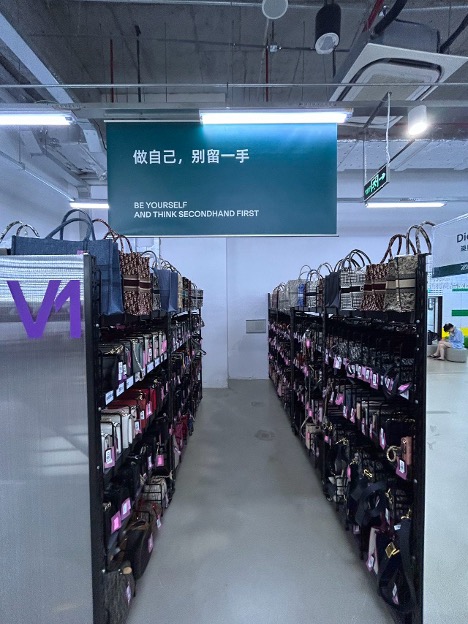
Conclusion
Thrifting plays a crucial role in bridging the gap between unsustainable consumer habits and environmental responsibility, offering a practical and impactful solution to mitigate the environmental damage caused by fast fashion. As the fashion industry navigates the divide between rapid production and sustainable practices, thrifted items emerge as a viable means to “save the Earth” by extending the life cycle of clothing and reducing the demand for new garments. Given the planet’s limited resources, it is imperative for companies to innovate and address their environmental impact through advanced resale technologies and more effective practices.
However, creating a more eco-conscious fashion future is not solely the responsibility of companies; individual actions are equally important. To make a meaningful difference, we should embrace sustainable choices, support brands committed to environmental responsibility, and inspire others to follow suit. By working together, we can reshape the fashion industry towards a more sustainable future, one thrifted item at a time.
References:
[1] Summer Xu, Reshape the Future: The Resale Fashion Trend and Sustainability, GRC INSIGHTS (Feb. 3, 2024), https://insights.grcglobalgroup.com/reshape-the-future-the-resale-fashion-trend-and-sustainability/.
[2] Kate Sanner, Part 1: How Thrift and Consignment Stores Started the Resale Revolution, BENI (Nov. 3, 2023), https://www.joinbeni.com/post/how-thrift-and-consignment-stores-started-the-resale-revolution.
[3] Id.
[4] Id.
[5] Id.
[6] Olivia B. Waxman, People Have Been Reusing Clothes Forever but Thrift Shops Are Relatively New. Here’s Why, TIME (Aug. 17, 2018), https://time.com/5364170/thrift-store-history/.
[7] Id.
[8] Id.
[9] Id.
[10] Id.
[11] Id.
[12] Id.
[13] Id.
[14] Sanner, supra note 2.
[15] Waxman, supra note 6.
[16] Sanner, supra note 2.
[17] Id.
[18] Waxman, supra note 6.
[19] Kate Sanner, Part 2: When Resale Moved Online: Feat. Poshmark, The RealReal, Vestiaire Collective and More, BENI (Nov. 21, 2023), https://www.joinbeni.com/post/when-resale-moved-online-feat-poshmark-the-realreal-vestiaire-collective-and-more.
[20] Id.
[21] Thomas S. Robertson, The Resale Revolution, HARV. BS. REV. (last visited Aug. 22, 2024), https://hbr.org/2023/11/the-resale-revolution.
[22] Id.
[23] Id.
[24] Id.
[25] Id.
[26] Id.
[27] Id.
[28] Id.
[29] Id.
[30] Alden Wicker, The Trendy Second-Hand Clothing Market Is Huge and Still Growing – Yet Nobody Is Turning a Profit, BBC (Mar. 4, 2024), https://www.bbc.com/worklife/article/20240301-international-second-hand-clothing-market-profitable.
[31] Id.
[32] Id.
[33] Id.
[34] Id.
[35] Id.
[36] Id.
[37] Id.
[38] Id.
[39] Shonagh Marshall, A Conversation with Liz Ricketts, DENIER (last visited Aug. 29, 2024), https://www.fashiondenier.com/conversations/a-conversation-with-liz-ricketts.
[40] Id.
[41] Id.
[42] Id.
[43] Wicker, supra note 30.
[44] Id.
[45] Id.
[46] Liz Ricketts, Will the Fashion Industry Come Clean on the Data Point That Matters Most for Circularity?, SUSTAINABLE BRANDS (Jan. 16, 2024), https://sustainablebrands.com/read/waste-not/fashion-data-point-matters-most-circularity.
[47] Id.
[48] Id.
[49] Id.
[50] Id.
[51] Id.



